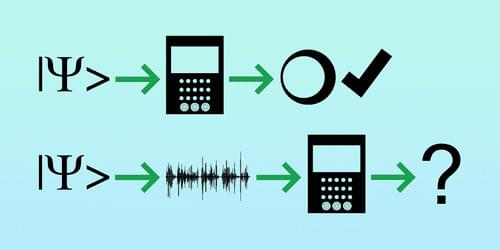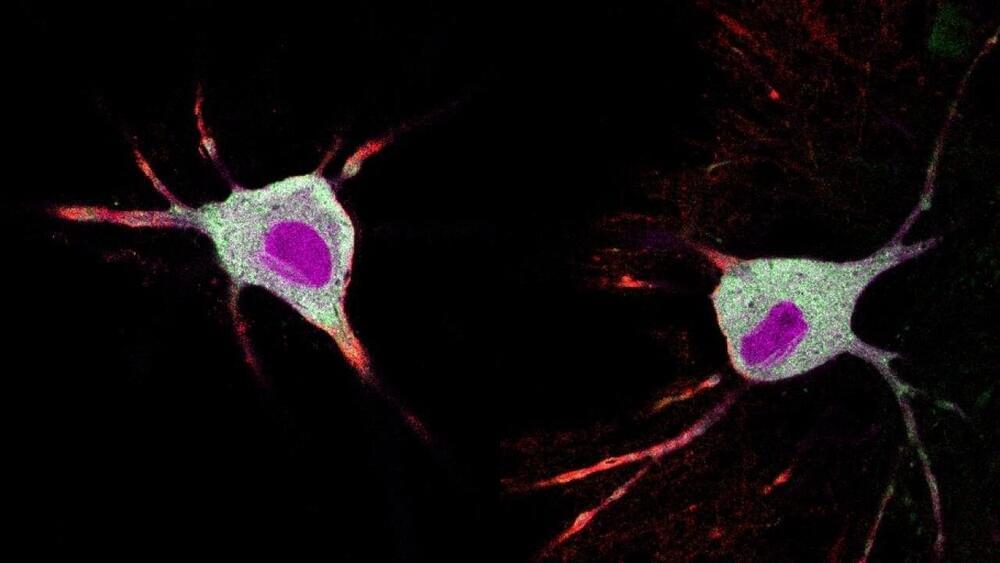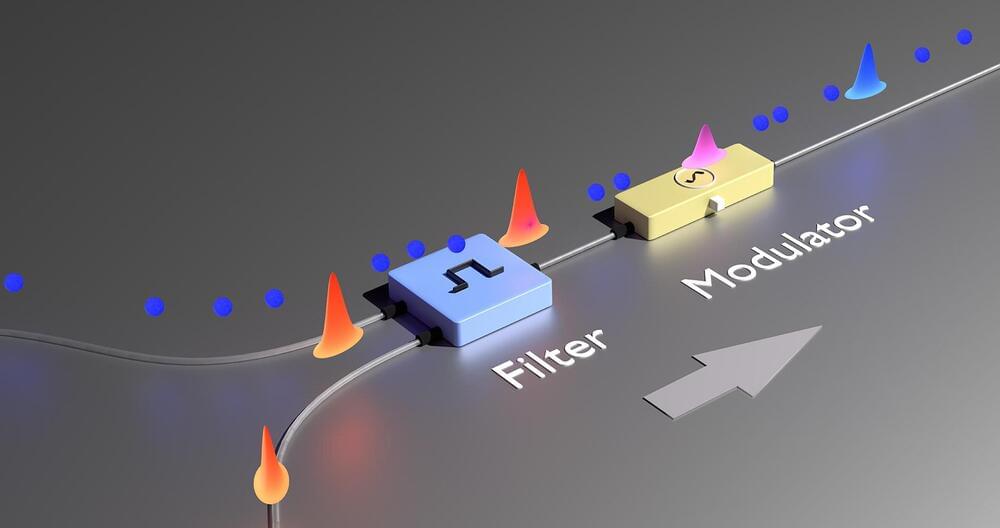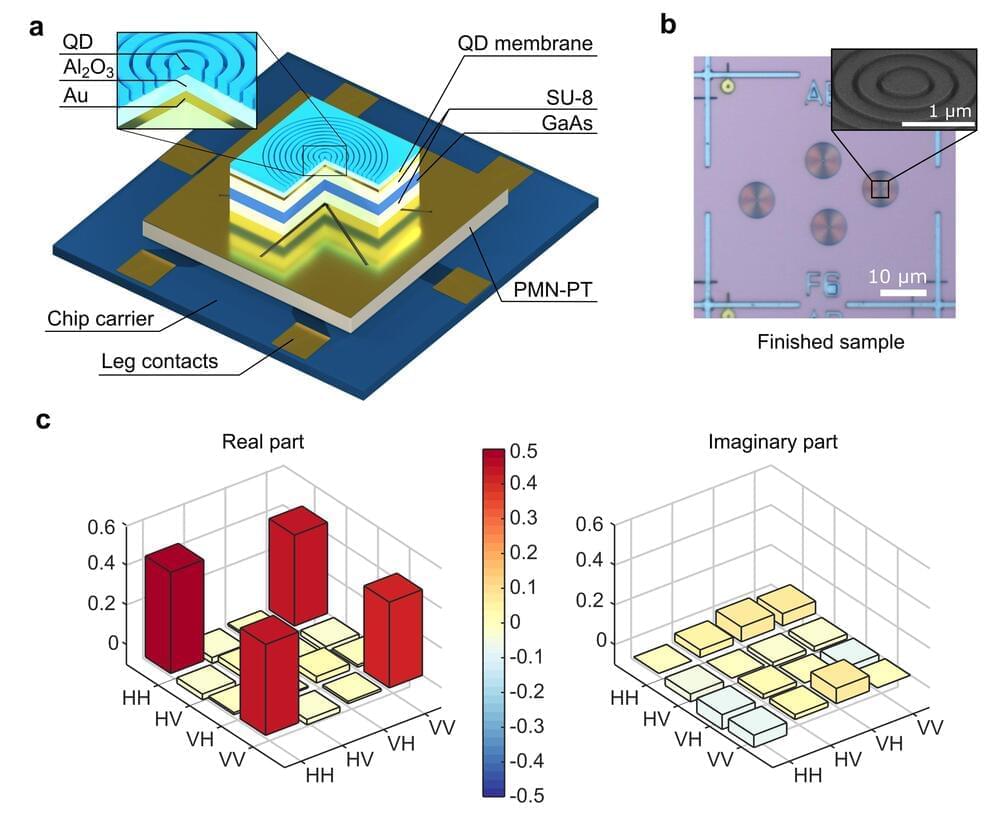We examine whether meteor showers made from dust left by comets pose a hazard to satellites and the International Space Station.



A Perseid is one whose path, if traced backward across the sky, intersects a spot between the constellations Perseus and Cassiopeia. Other “sporadic” meteors traveling in random directions occur once every 5 or 10 minutes. Two much weaker showers are also active at this time of the year, the Delta Aquarids and Kappa Cygnids.
You’ll need no experience to watch the Perseids. Just find a spot with a wide-open sky view and no late-night lights nearby. Bundle up warmly (it can sometimes get chilly even on summer nights), lie back on a ground pad or in a sleeping bag or even better, on a reclining lawn chair, and watch the stars. Also cover exposed parts of your body with mosquito repellent so you won’t get bit.
Be patient, and give your eyes sufficient time to dark adapt. The direction to watch is not necessarily toward Perseus but wherever your sky is darkest, probably straight up.

An answer to a decades-old question in the theory of quantum entanglement raises more questions about this quirky phenomenon.
Physicists have a long list of open problems they consider important for advancing the field of quantum information. Problem 5 asks whether a system can exist in its maximally entangled state in a realistic scenario, in which noise is present. Now Julio de Vicente at Carlos III University of Madrid has answered this fundamental quantum question with a definitive “no” [1]. De Vicente says that he hopes his work will “open a new research avenue within entanglement theory.”
From quantum sensors to quantum computers, many technologies require quantum mechanically entangled particles to operate. The properties of such particles are correlated in a way that would not be possible in classical physics. Ideally, for technology applications, these particles should be in the so-called maximally entangled state, one in which all possible measures of entanglement are maximized. Scientists predict that particles can exist in this state in the absence of experimental, environmental, and statistical noise. But it was unclear whether the particles could also exist in a maximally entangled state in real-world scenarios, where noise is unavoidable.

A new manipulation technique could enable the realization of more versatile quantum simulators.
The Born rule, formulated almost a century ago, says that measuring a system yields an outcome whose probability is determined by the wave-function amplitude. As if by magic, preparing a quantum system in the same way and performing the same measurement can produce different results. For a long time, the Born rule’s probabilistic nature was more of a theoretical concept. But with the advent of quantum simulators, it has become an experimental reality. So-called snapshots—different measurement outcomes of the same quantum many-body state—are routinely measured. In the case of cold atoms in optical lattices, such snapshots are images that show with single-site resolution whether an atom is present or not. Now Alexander Impertro of the Ludwig Maximilian University of Munich and his collaborators have devised a way to take snapshots not just of atoms’ whereabouts but also of properties analogous to currents and local kinetic energy in crystals [1].

Full coherent control of wave transport and localization is a long-sought goal in wave physics research, which encompasses many different areas from solid-state to matter-wave physics and photonics. One among the most important and fascinating coherent transport effects is Bloch oscillation (BO), which refers to the periodic oscillatory motion of electrons in solids under a direct current (DC)-driving electric field.

Researchers at the University of California, Davis have developed a rapid, noninvasive tool to track the neurons and biomolecules activated in the brain by psychedelic drugs. The protein-based tool, which is called Ca2+-activated Split-TurboID, or CaST, is described in research published in Nature Methods.
There has been mounting interest in the value of psychedelic-inspired compounds as treatments for brain disorders including depression, post-traumatic stress disorder and substance use disorder. Psychedelic compounds like LSD, DMT and psilocybin promote the growth and strengthening of neurons and their connections in the brain’s prefrontal cortex. The new tool could help scientists unlock the benefits of psychedelic treatments for patients with brain disorders.
“It’s important to think about the cellular mechanisms that these psychedelics act upon,” said Christina Kim, an assistant professor of neurology at the UC Davis Center for Neuroscience and School of Medicine, and an affiliate of the UC Davis Institute for Psychedelics and Neurotherapeutics. “What are they? Once we know that, we can design different variants that target the same mechanism but with fewer side effects.”

“To make the quantum internet a reality, we need to transmit entangled photons via fiber optic networks,” says Prof. Dr. Michael Kues, Head of the Institute of Photonics and Board Member of the PhoenixD Cluster of Excellence at Leibniz University Hannover.
“We also want to continue using optical fibers for conventional data transmission. Our research is an important step to combine the conventional internet with the quantum internet.”
In their experiment, the researchers demonstrated that the entanglement of photons is maintained even when they are sent together with a laser pulse. The research results were published in Science Advances.


